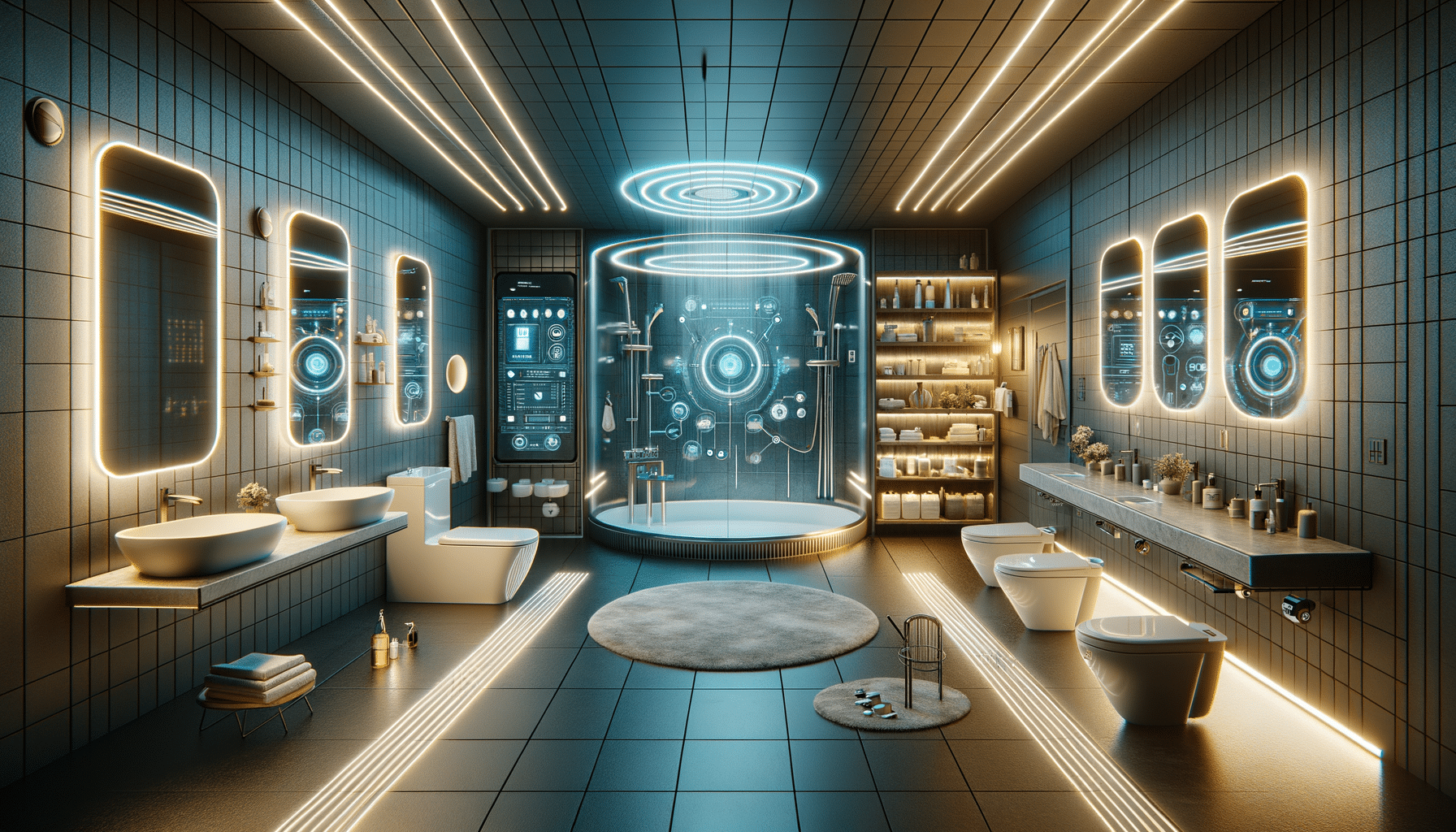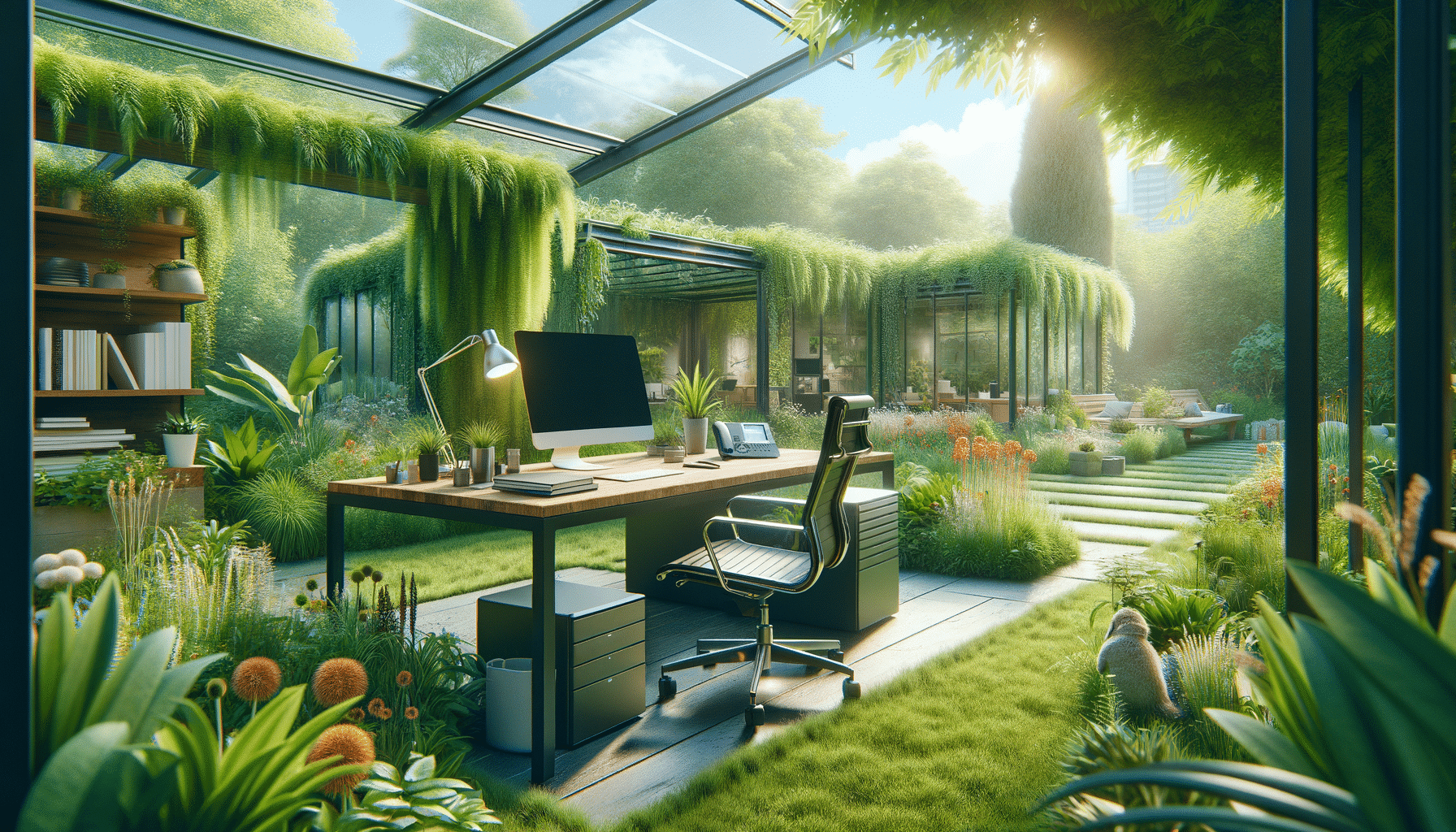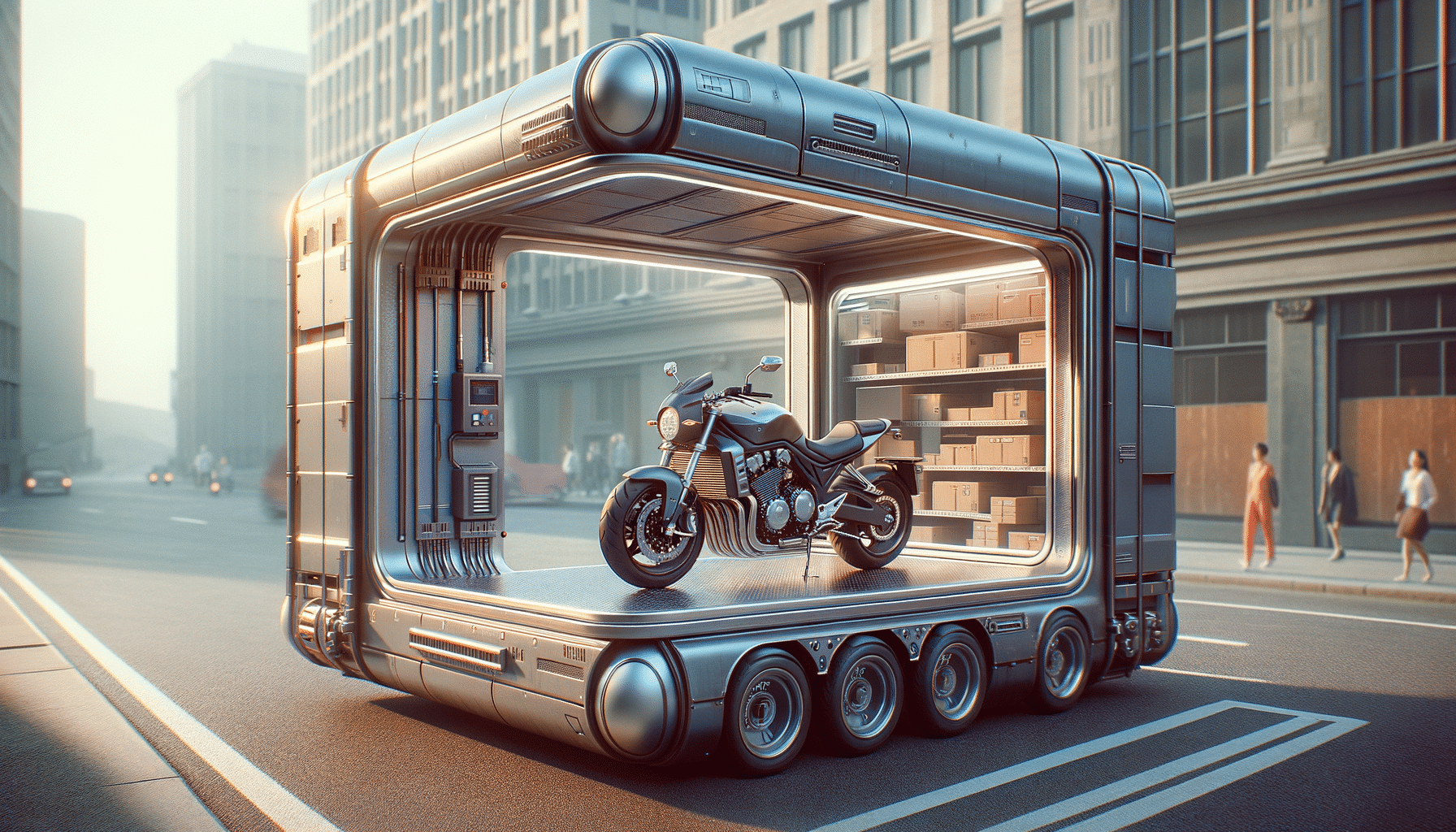
Emerging Bathroom Designs for 2025: A Blend of Elegance and Practicality
The Smart Integration
As we move towards 2025, the integration of smart technology in bathrooms is no longer a futuristic concept but an evolving reality. The contemporary bathroom is being reimagined as a space where technology meets comfort, creating an environment that is both convenient and luxurious. Smart mirrors that provide weather updates, health tips, and even integrate with personal calendars are becoming more common. These mirrors, equipped with voice-activated controls, can adjust lighting based on the time of day or the task at hand.
The introduction of smart showers and baths is another significant development. These systems allow users to pre-set water temperatures, flow rates, and even lighting preferences, turning a simple shower into a personalized spa experience. The use of sensors to monitor water usage is also gaining traction, promoting sustainability by helping users conserve water without sacrificing comfort.
Moreover, smart toilets equipped with features such as automatic flushing, seat warming, and even health monitoring are becoming a staple in modern bathrooms. These innovations not only enhance the user experience but also contribute to the overall aesthetic and functionality of the bathroom space.
Sustainable Materials and Designs
With environmental consciousness on the rise, the bathrooms of 2025 are expected to reflect a strong commitment to sustainability. The use of eco-friendly materials is at the forefront of this transformation. Recycled glass, bamboo, and reclaimed wood are becoming popular choices for countertops, flooring, and cabinetry. These materials not only reduce the carbon footprint but also add a unique aesthetic appeal to bathroom designs.
Water-saving fixtures, such as low-flow toilets and faucets, are being integrated into bathroom designs to promote water conservation. These fixtures are designed to use significantly less water than traditional models without compromising performance. Additionally, the use of greywater systems, which recycle water from sinks and showers for use in toilets, is becoming more prevalent in efforts to reduce water wastage.
Designs that maximize natural light and ventilation are also gaining popularity. Large windows, skylights, and open layouts not only enhance the aesthetic appeal of the bathroom but also reduce the need for artificial lighting and ventilation, further contributing to energy efficiency.
Personalized Wellness Spaces
The bathroom is increasingly being viewed as a personal wellness retreat. In 2025, this trend is expected to continue with the incorporation of features that promote relaxation and well-being. Steam showers, saunas, and hydrotherapy baths are becoming more accessible and are being integrated into standard bathroom designs. These features offer a spa-like experience, allowing users to unwind and rejuvenate in the comfort of their homes.
Moreover, the use of aromatherapy and chromotherapy in bathrooms is gaining attention. Essential oil diffusers and LED lighting systems that change color to enhance mood are being incorporated into bathroom designs. These elements contribute to a holistic wellness experience, addressing both physical and mental health.
Customizable storage solutions are also being designed to enhance organization and functionality. From adjustable shelving to modular units, these solutions cater to individual preferences and needs, ensuring that the bathroom remains a clutter-free sanctuary.
Minimalist and Open Designs
Minimalism continues to influence bathroom designs, with a focus on clean lines, open spaces, and simplicity. The trend of open-concept bathrooms, where the boundaries between the bathroom and bedroom are blurred, is gaining popularity. This design approach creates a seamless flow between spaces, enhancing the sense of openness and tranquility.
Incorporating minimalist elements such as floating vanities, frameless glass showers, and wall-mounted fixtures helps to maximize space and create a sleek, modern aesthetic. The use of neutral color palettes, coupled with natural textures, adds to the calming atmosphere of the bathroom.
Furthermore, minimalist designs emphasize functionality without sacrificing style. By eliminating unnecessary elements, these designs focus on what truly matters, creating a space that is both practical and visually appealing. This approach not only enhances the user experience but also contributes to a sense of peace and relaxation.
Technological Advancements and Future Prospects
As technology continues to evolve, the prospects for bathroom innovations are limitless. The integration of artificial intelligence (AI) and the Internet of Things (IoT) is expected to revolutionize bathroom experiences by 2025. AI-powered systems that learn user preferences and adjust settings accordingly are on the horizon, promising a personalized experience like never before.
The use of augmented reality (AR) in bathroom design is also being explored. AR applications can help users visualize design changes, such as new tiles or fixtures, before making any physical alterations. This technology not only aids in decision-making but also enhances the overall design process.
Looking ahead, the focus will likely be on developing technologies that further enhance sustainability and wellness. Innovations that improve water and energy efficiency, as well as those that promote a healthier lifestyle, will continue to shape the future of bathroom design.
In conclusion, the bathrooms of 2025 are set to be a harmonious blend of technology, sustainability, and personalized wellness. As these spaces evolve, they will increasingly reflect our lifestyles, values, and aspirations, transforming into more than just functional areas but sanctuaries of comfort and innovation.

